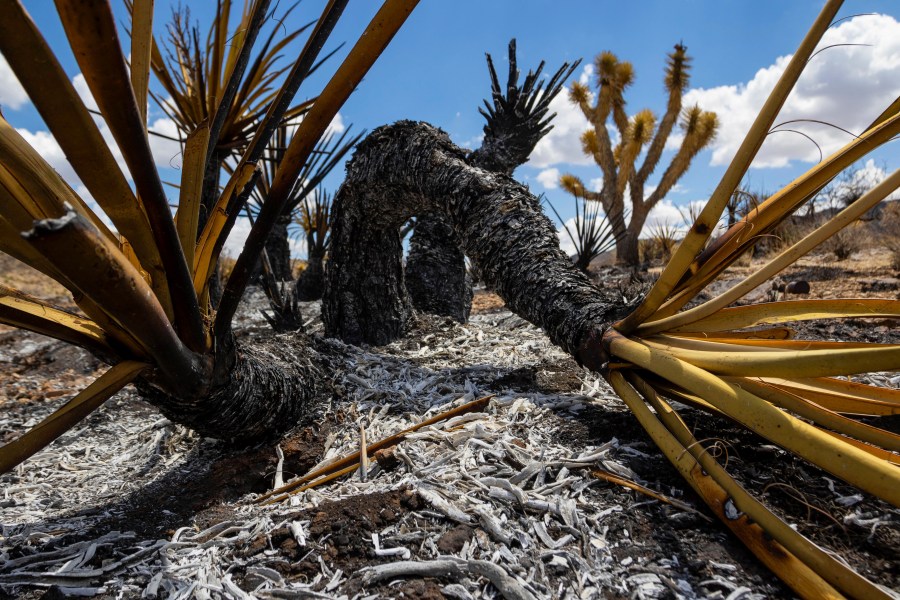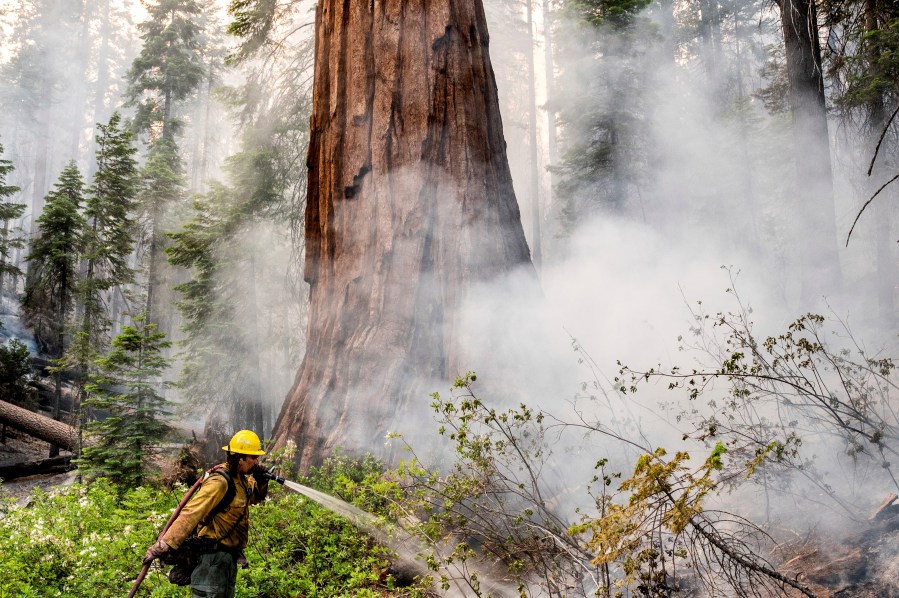While National Parks throughout the United States serve as a sanctuary for those looking to escape smog and unhealthy air quality, California’s parks are among the most polluted in the nation according to a new study.
In a report serving as an update to its initial 2019 study, the advocacy group National Parks Conservation Association observed air quality in each of the 63 parks across the U.S. In its criteria the group examined each park’s air quality in how it affected visibility, human health and the health of its animal and plant inhabitants.
In a ranking of the top ten parks with the worst air quality, California had the unfortunate distinction of dominating the list with each of the top four placements as well as the sixth.

According to the NPCA, the top four parks with the worst air quality are, in order from one to four, Sequoia and Kings Canyon (two separate parks that share a border and administration), Joshua Tree, Mojave and Yosemite. The fifth and sixth spots are Carlsbad Caverns in New Mexico and Death Valley, respectively.
Sequoia and Kings Canyon, located east of Fresno, were noted to have particularly hazy skies, the report said.
“With stunning mountains, caverns, forests, foothills and 2,000 plus-year-old sequoias towering overhead, the Land of Giants might seem invincible,” the NPCA said, noting that the gas and agriculture industries are to blame for the haziness, along with emissions from cars and trucks. “In truth, these majestic parks, and the plants and wildlife which rely on them, face the unique and devastating consequences from human-caused air pollution and climate change.”

The California parks, which each occupy similar regions in Southern and Central California, earned their high placements on the list due to human-made conditions throughout the Golden State, the study says.
“The adverse air quality conditions in these parks are generated by vehicle emissions, industrial operations and agricultural activities in regions like the San Joaquin Valley of California —one of the most polluted areas in the nation where residents are frequently exposed to unhealthy air,” the study said.
In terms of solutions to these problems, the group suggested tighter emission standards throughout the transportation and energy industries.












